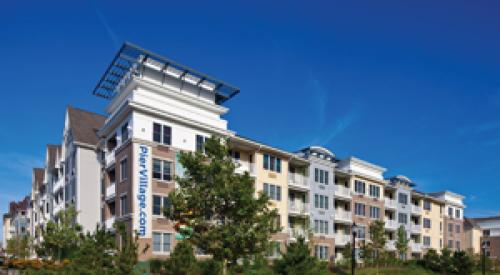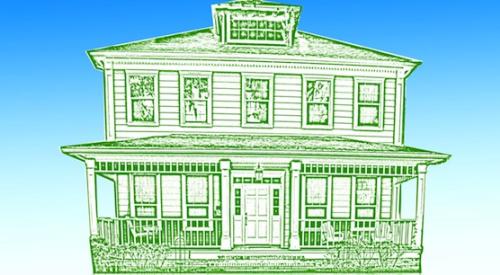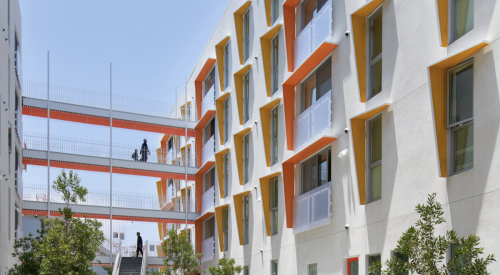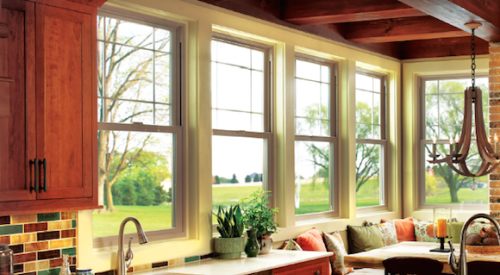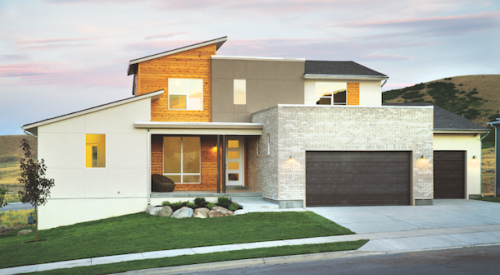 |
 |
| Michael Chandler |
Steve Glenn |
PB: Michael, you've worked with both the LEED-H program and the NAHB program, correct?
MICHAEL CHANDLER: Yes, we score our houses to three programs — NAHB Green, LEED-H and our local program, HBA-DOC Green — plus Energy Star. But at this point in time we don't certify to LEED.
PB: Steve, have you worked with the NAHB program at all, or just LEED?
STEVE GLENN: Just LEED-H, and Energy Star.
PB: Let's talk about the strengths and weaknesses of the two programs.
CHANDLER: The NAHB program offers 14 pages of optional ways to get points in the seven basic categories. LEED-H and NAHB have similar categories, except that LEED-H includes an innovative design category that NAHB does not have. But LEED-H has 15 more mandatory items than NAHB Green does.
What I like about NAHB's program is the flexibility. For instance, there's a builder in our town who's building a $153,000 starter home that's way beyond Energy Star. He racks up lots of points in energy efficiency, which is what's most important to his customers.
GLENN: We're a niche home builder targeting people who care deeply about design and health and sustainability in the products they buy, but who can't easily find homes that reflect those values. We've found the LEED program to be far more comprehensive than any other, including NAHB's.
PB: How much is it costing you to certify your houses?
GLENN: It costs us $5,000 to LEED-certify a home. But a production builder could certify a home for $500, and then each subsequent home — assuming it's the same model — is just $200.
With LEED, it's not just a matter of filling out forms; you literally are inspected and you have to submit data. Some say this ensures a higher degree of certainty that the home is being certified appropriately, but that's where that cost comes in.
For us it's been a no-brainer because we're targeting people who we think will pay extra for all this stuff. For someone doing affordable housing, it's probably hard to justify.
PB: What misconceptions have you encountered?
CHANDLER: One big misconception is that the NAHB program is self-certifying. In reality, you have to provide a document to back up every point, whether it's a digital photograph with a date stamp showing the can of paint by the front door or the Manual J calculation showing that the air-conditioning system is sized right for the house.
The auditor may not necessarily visit every house that is certified, but you run the risk of being audited if you put something down that looks a little dubious.
GLENN: Consumers have shown time and time again that they prefer objective third-party certification programs, such as LEED-H, over industry-based rating systems. Rightly or wrongly, the perception among most consumers is that industry associations are not going to be as good at reviewing and certifying themselves as a third party.
PB: Wouldn't it be better if just one program was adopted as the standard?
CHANDLER: There needs to be consolidation, because having 200 green programs in America is completely outrageous and unsustainable. But two green programs plus Energy Star is sort of the natural order of things.
GLENN: I think consumers will coalesce around one program, and I think it's going to be LEED-H. But that doesn't mean that there can't be other programs, too, because they serve important niche opportunities.
|
